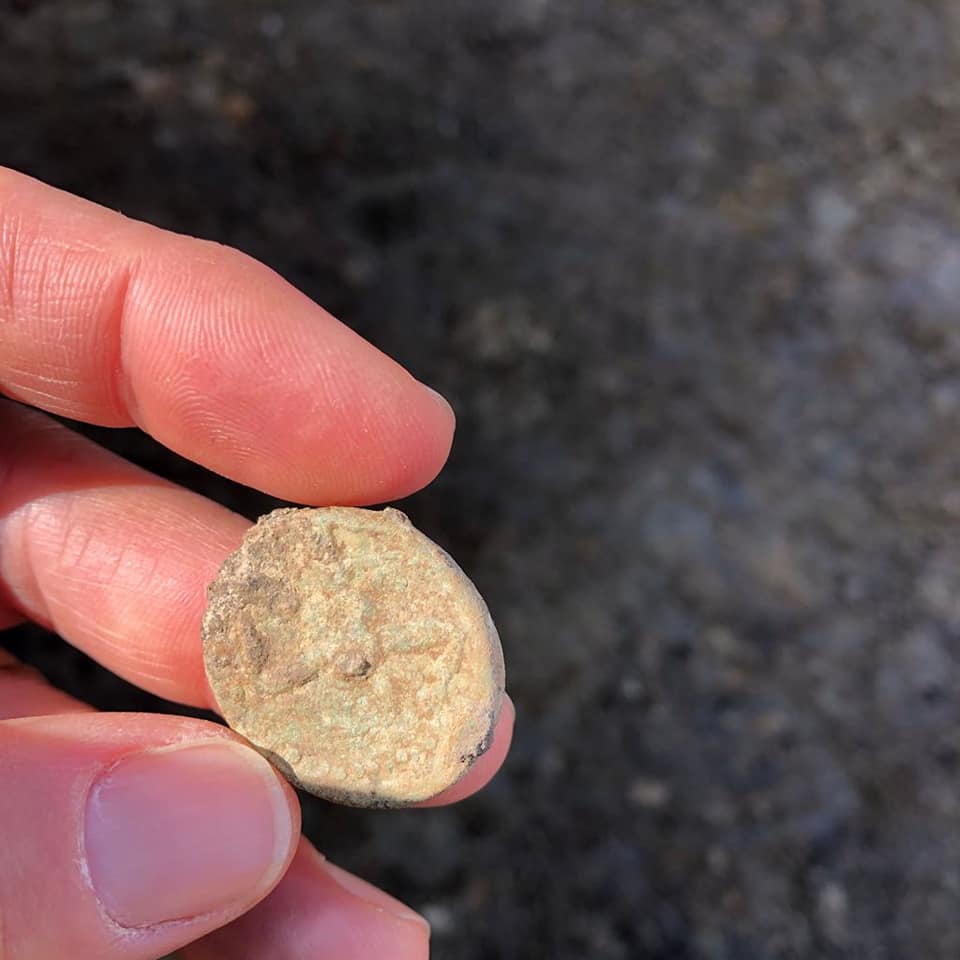Another extraordinary archaeological discovery sees the protagonist Sicilia, a land full of charm and history yet to be discovered. During the excavations for the railway doubling Palermo-Catania, in the Caltanisetta-Xirbi-Lercara section, was found a Roman bronze coin. Present the head of Athena or Ares on the right and a Triskel with the gorgon and ears of wheat between each leg, on the reverse. An extraordinary find and precisely identified in one of the rooms of the Roman residence of the first century after Christ. Unearthed during excavations, the villa is located in the territory of Vallelunga Pratameno, an Italian town of about 3000 inhabitants and which is part of the territory of the free municipal consortium of Caltanissetta.
The peculiarity of the Roman bronze coin
The coinage can be identified on the law from the mint of Panormos. Scholars were thus able to identify the reference period of the object. It should be after the First Punic War, when Sicily became a Roman province (after 241 BC). The peculiarity of the discovery arises from the fact that only three other examples of coins with the legend "Panormitan" are known.
Furthermore, the Triskelion, present on one side of the coin, became a distinctive symbol with a strong political value after the acquisition of Sicily as a Roman province. In fact, it represents the territory's ability to be the main source of grain supply for the Roman annona.
An estate that offers rarity
Alberto Samonà, regional councilor for cultural heritage underlined the high historical value of the discovery: "The excavations in progress in Vallelunga Pratameno continue to reserve us very interesting surprises from a historical and archaeological point of view. The rare coin just gives us an idea of what this site can give us. The rural residence it should be about six hectares. Because of the richness that the built-up parts show, it can be considered, in fact, like a farm today, placed in an environmental and landscape context that has remained unchanged in many respects ".

Daniela Vullo, superintendent of Caltanissetta, added that the discovery further amplifies the importance of the rural residence where the excavations are taking place. In fact, it was not only a complex created for the agricultural exploitation of the territory but also a residential place for recreation and vacation. "The villa - underlines the superintendent - shows several restorations and renovations, which could be linked to the change of use of some structural parts due to seasonal use. The place, in fact, is located in a flat area crossed by the Belici stream and surrounded by gentle hills, still today cultivated with wheat and vines.".
The wall structures that emerged seem to confirm the discovery of one rustic villa. For size and type it does not seem to have comparisons in the northern sector of the province of Caltanissetta.





